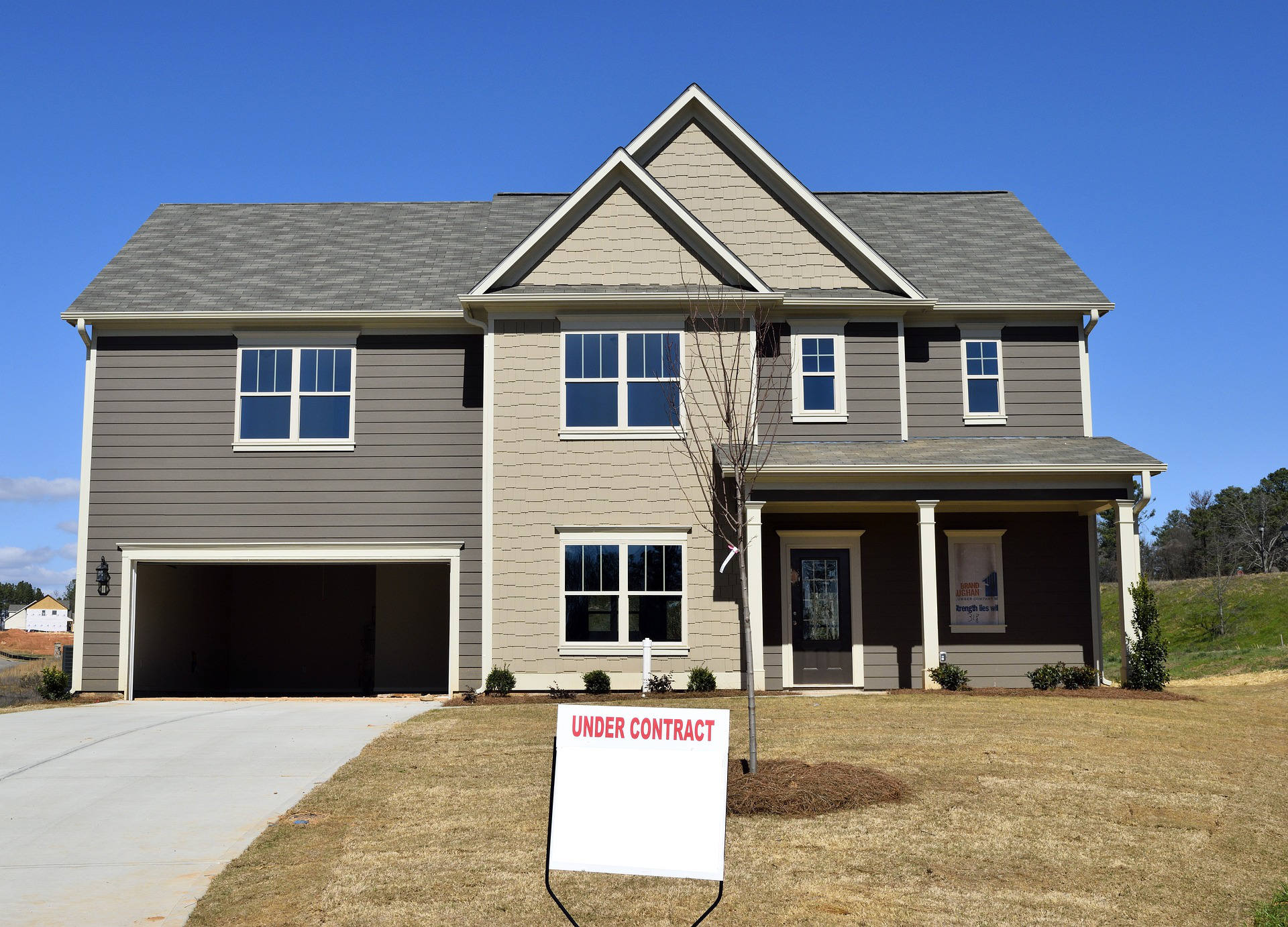Radon is released from rocks and soil into the air. It can be found outdoors and can also accumulate indoors, especially in homes and buildings with poor ventilation. Radon is dangerous because it is invisible and odorless and can lead to significant health risks. Prolonged inhalation of high levels of radon is a primary contributor to lung cancer in individuals who do not smoke. Thus, minimizing radon levels in your home should be a top priority for every homeowner.
Why You Should Be Concerned About Radon
There is no universally agreed-upon safe level of radon. Even low concentrations pose some health risks. The Environmental Protection Agency (EPA) recommends reducing radon levels in your home to the lowest levels possible. If there is a radon level of 4 pCi/L (picocuries per liter) or above in the home, immediate attention is required. However, even lower levels, between 2 pCi/L and four pCi/L, can still pose a long-term danger.
When Should You Take Action?
Testing the radon levels in your home is the first crucial step. If your home’s radon levels exceed four pCi/L, the EPA recommends contacting a certified radon expert to set up a radon reduction system. If the radon levels are between 2 pCi/L and four pCi/L, it is still recommended to take preventive steps. Homebuyers should inquire about radon-resistant features when purchasing a new house, which could help reduce the need for costly mitigation measures later.
How Do You Get Rid of Radon Gas in Your Home?
Radon Mitigation Systems: A Technical Solution
Lowering radon levels requires specialized knowledge and skills. It’s essential to engage a skilled contractor who knows radon mitigation methods. One common approach for mitigating radon is through a soil depressurization system involving a fan and a vent pipe. The fan pulls radon from under the house and directs it outside, lowering indoor radon levels. This technique is effective in homes with basements or crawl spaces.
Sealing foundation cracks and openings can improve the effectiveness of these systems. Remember to test your home again after installation to ensure that radon levels have been effectively lowered. Retesting every two years and after any significant renovations is also recommended.
Alternative Methods to Reduce Radon
If radon levels in your home are below four pCi/L, there are other strategies you can implement to maintain safe radon levels. Increasing the flow of air by opening windows and using fans can offer a temporary decrease in radon levels. However, natural ventilation alone should not be considered a permanent solution.
Sealing floor and wall cracks with appropriate materials like caulk or plaster can help reduce radon entry points. However, retesting after implementing these measures is essential to verify their effectiveness.
Can All Homes Be Fixed?
Yes, radon levels in nearly all homes can be reduced. Radon mitigation systems have been proven effective, and many homes with high radon levels have been successfully treated. The challenge is that around 6% of homes in the U.S. have radon levels that exceed safe limits. Testing is the only way to know if your home is affected.
The Radon Treatment Process
Mitigating radon involves more than simply sealing cracks in the foundation. While sealing is part of the solution, it’s often used with active soil depressurization (ASD). This method collects radon from beneath the home and exhausts it safely outside. Typically, an ASD system includes a plastic pipe connected to the soil and a continuously running fan that expels radon from the house.
System designs can vary depending on the home’s structure. Some homes may require more complex systems, especially with multiple foundations. However, a single fan system can be sufficient if the radon mitigation contractor is adequately trained.
Factors Influencing Radon Mitigation Costs
A radon mitigation system typically costs $800 to $1,500, depending on the home’s design, size, and foundation type. Additionally, the cost of operating the system, which includes electricity to power the fan, is minimal. It is essential to consider aesthetic elements, such as whether the system will be installed inside or outside the home, which may also affect the overall cost.
Crawl Space and Slab Homes: Specific Considerations
For homes with crawl spaces, a high-density polyethylene sheet is often used to cover the soil. A fan is connected to a perforated pipe placed under the plastic, creating a vacuum that draws radon away from the home. A similar system can be installed by drilling a hole through the slab and inserting a pipe that pulls radon out from under the house.
Air Filtration Systems: A Complementary Measure
Although air filtration systems like HEPA filters do not reduce radon levels, they can help remove radon decay products and other airborne particulates, improving indoor air quality. These systems are sometimes used alongside radon mitigation systems to reduce the health risks of radon exposure.
New Homes: Built-In Radon Resistance
Many new homes have radon-resistant features, such as vent pipes that prevent radon from accumulating indoors. Installing such systems during construction is often more accessible and cost-effective than retrofitting an existing home. In some cases, these systems can work passively without fans. However, fans can be added later if radon levels are too high.
Stay Proactive About Radon
Radon is a silent threat, but it can be managed with suitable systems in place. Testing, mitigating, and retesting ensure your home remains safe. Whether buying a new home or looking to address radon in your current one, taking proactive steps will help protect your family from the long-term risks of radon exposure.





